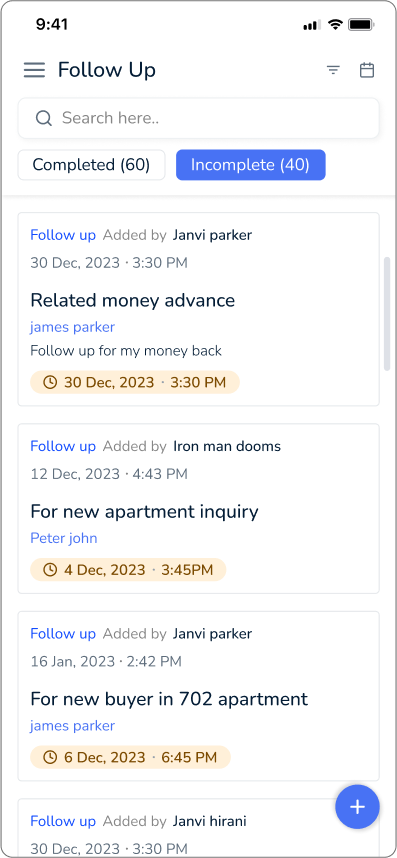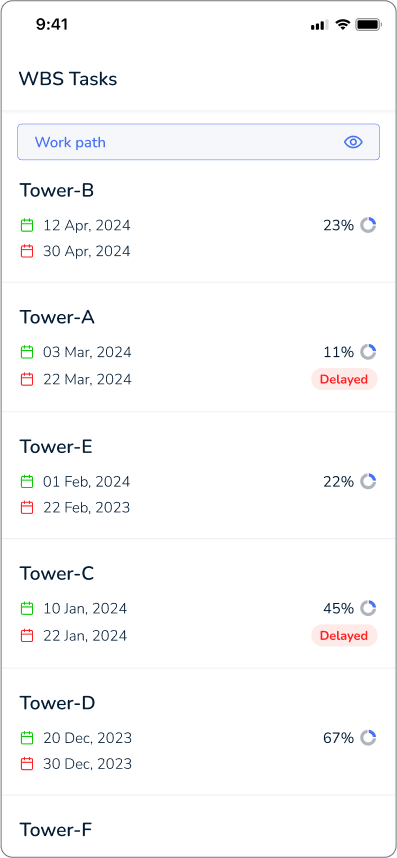
In the construction industry, timing is everything, and poor planning can lead to significant setbacks. Missed deadlines can cost a builder an arm and a leg, making proper construction planning and scheduling an absolute must for successful project management. However, even the most experienced professionals can fall prey to common pitfalls that derail timelines and inflate budgets. From underestimating task durations to overlooking critical dependencies, these scheduling mistakes can have far-reaching consequences on a project’s success. In this article, we’ll explore some of the most prevalent scheduling errors in construction and provide valuable insights on how to avoid them, ensuring smoother operations and improved project outcomes.
Most Common Project Management Scheduling Mistakes
Here are some common project management mistakes that even experienced project managers make while building construction schedules.
Limited Knowledge of Scheduling Techniques
Technology is taking over the world and the real estate industry is not excluded. Gone is the time when project managers used to create construction project schedules manually. Many construction ERP software have been launched that help you create detailed schedules, manage project plans, and identify critical paths. With good cloud-based software, project managers can monitor progress in real-time and make adjustments as needed. It ensures that any delays are promptly addressed.
Missing Work Breakdown Structure
Not having a proper Work Breakdown Structure (WBS) is a common mistake in construction scheduling. Without it, teams lack clarity on the project scope, deadlines, and responsibilities. This often results in overlapping tasks, mismanaged resources, and missed timelines. A WBS breaks down the project into smaller, manageable tasks, ensuring that everyone knows what needs to be done and when. Without this structure, it becomes difficult to track progress or coordinate effectively, leading to unnecessary delays and confusion.
Wrong Productivity Estimates
Wrongly estimating productivity rates is a common mistake in construction scheduling. Overestimating how quickly tasks can be completed or underestimating resource needs often leads to delays, budget overruns, and strained project timelines. Accurate productivity rates are crucial for realistic schedules and proper resource allocation. Factors like labor skills, weather conditions, and equipment availability should be carefully analyzed to avoid errors and ensure deliverables are met. Failing to account for these variables can result in tight deadlines and rushed work, compromising quality.
Resource Availability Matters
Overlooking the availability schedule of resources is a frequent mistake in construction project planning. Misalignment between the schedule and resource availability—be it labor, materials, or equipment—leads to stalled tasks and wasted time. Ignoring factors like supplier lead times, workforce availability, or equipment maintenance can disrupt workflows and extend deadlines. A realistic resource availability plan ensures that everything is in place when needed. Proper coordination with suppliers and team members minimizes downtime, keeps the project on track, and ensures smooth execution without last-minute scrambling for resources.
Underestimating Change Orders
Underestimating the impact of change orders can disrupt construction schedules and budgets significantly. Changes to designs, materials, or timelines often lead to rework, delayed tasks, and increased costs. Without proper planning and communication, these adjustments can affect overall project progress. Anticipating potential changes and building flexibility into the schedule helps mitigate these challenges. Clear documentation, prompt approvals, and coordination with stakeholders ensure change orders are managed effectively without derailing the project.
Over or Under Allocation of Resources
Over or under-allocating resources is a common pitfall in construction projects. Over-allocation exhausts workers, cause equipment breakdowns, and increases costs, while under-allocation leads to delays and inefficient workflows. Proper resource planning ensures tasks are assigned based on capacity and availability, avoiding burnout or idle time. Regularly reviewing workloads and redistributing resources as needed keeps the project running smoothly. A balanced approach to resource allocation maximizes efficiency, maintains quality, and helps complete the project on time and within budget.
Poor Co-ordination and Communication
Poor coordination and communication with project stakeholders can lead to confusion, delays, and costly mistakes. Misunderstandings about timelines, responsibilities, or project requirements often result in rework and missed deadlines. Regular meetings, clear documentation, and using collaborative tools ensure everyone stays informed and aligned. Open lines of communication help resolve issues quickly and keep the project on track. Effective coordination fosters better decision-making, reduces risks, and ensures smooth collaboration among all stakeholders.
How to Overcome Project Scheduling Mistakes?
The best way to avoid these common scheduling errors is for project managers to embrace technology. Adopting a robust project management software, like Build Formula, can significantly improve scheduling and overall project management. With features tailored for the construction industry, Build Formula streamlines task allocation, tracks progress in real-time, and ensures effective communication among stakeholders. By leveraging modern tools and practices, Build Formula helps make construction scheduling more efficient, collaborative, and reliable, setting the stage for successful project execution and timely delivery.
Best Practices for Scheduling with Technology
- Start with a Detailed Work Breakdown Structure (WBS): Break down tasks into smaller, manageable activities to ensure accuracy.
- Prioritize Critical Paths: Focus on tasks that directly impact the project timeline.
- Regularly Update Schedules:Use software to reflect real-time progress and adapt to unforeseen changes.
- Collaborate Effectively:Share schedules with stakeholders using cloud-based tools for seamless communication.
- Leverage Data Insights: Use predictive analytics to preempt potential delays or resource shortages.







